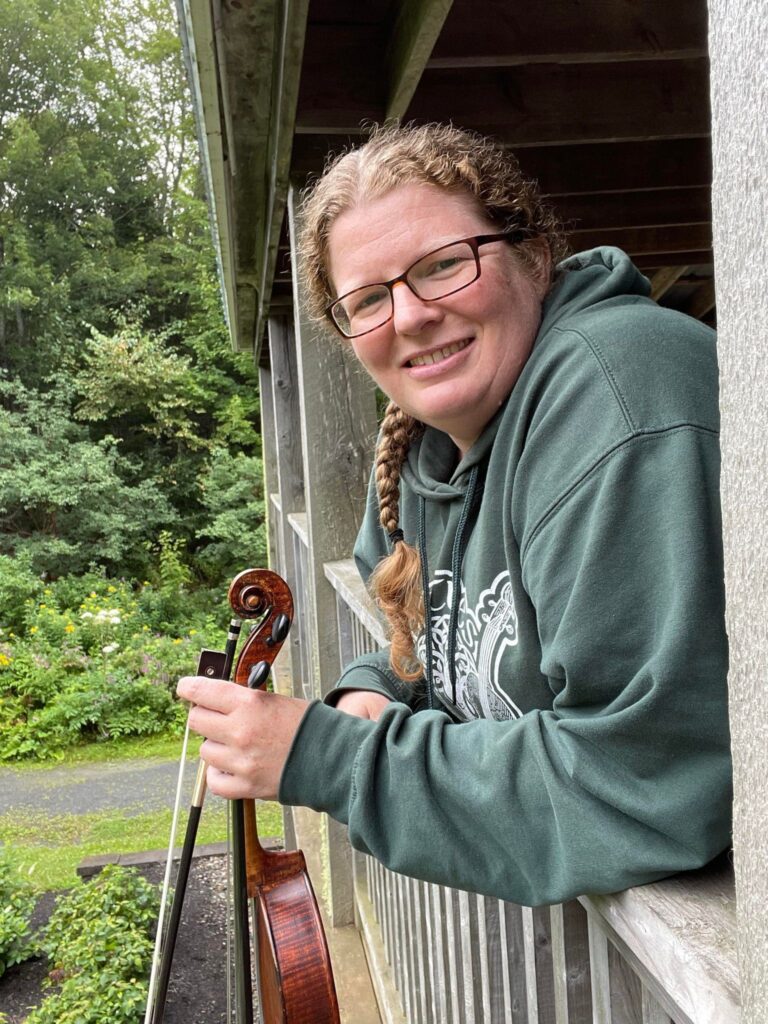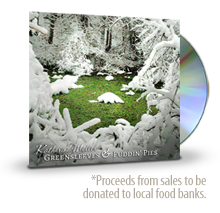What goes into a medley?
August 22nd, 2022 by Katherine Moller

So I finished up my residency last Friday. The past two weeks were long, hard, wet, cold, and very productive! I wrote 30 new fiddle tunes and put together 15 medleys for the new recording. The recording will likely be about 12 tracks long, but I always like having a few extras when I go to the studio.
Last week I received an e-mail asking how I put together medleys. The short answer is that I try playing tunes back to back, and see if they fit! There are a few guidelines that I use. Here are a few thoughts:
- Make medleys with the same type of tunes.
The easiest way to make medleys is to put together the same type of tune, so a medley of all jigs or all reels. - Stay in the same key.
Another easy way to make a medley is to stay in the same key, so a medley of jigs in A major, or a medley of reels in D minor. - Go from slow to fast
I like changing up my medleys, so I will often put different types of tunes together, but usually go from slow to fast. So for example, I will play a hornpipe, followed by a jig, followed by a hornpipe. - Follow the circle of 5ths
I love to change keys between pieces. I feel like it increases the excitement. One thing that you can try is going from a key to the key that is up a fifth, so for example, if your first tune is in the key of G major, have a second tune in the key of D major - Go up by one step
Another idea for key changes is to go up by one tone. You can do this in between pieces, or with the same piece. With my band, we play Mason’s Apron in the key of G Major, and then again in the key of A major. This again increases the excitement! - Switch from major to minor
In my medleys, I don’t always stay in either major or minor. I find it can be effective to play a tune in the key of D major, for example, followed by a tune in D minor. You could also go the other way around.
The biggest thing about creating medleys is trial and error. Just because two jigs are in the key of D major it does not mean that they will work well together. I also sometimes do some funny key changes that don’t follow the suggestions I gave above. It all depends on how it sounds! If you like it, it is a good fit!
Comments are closed.


